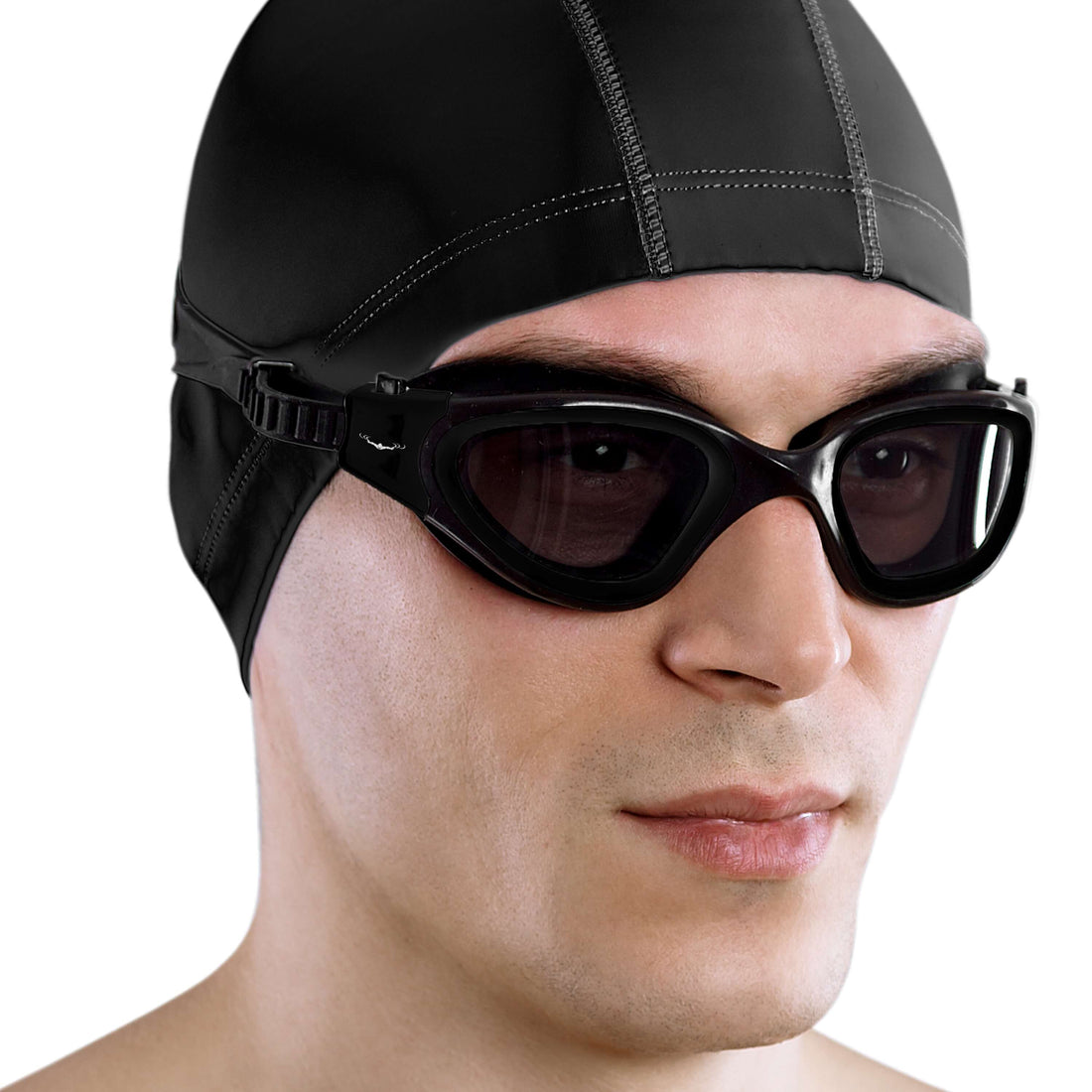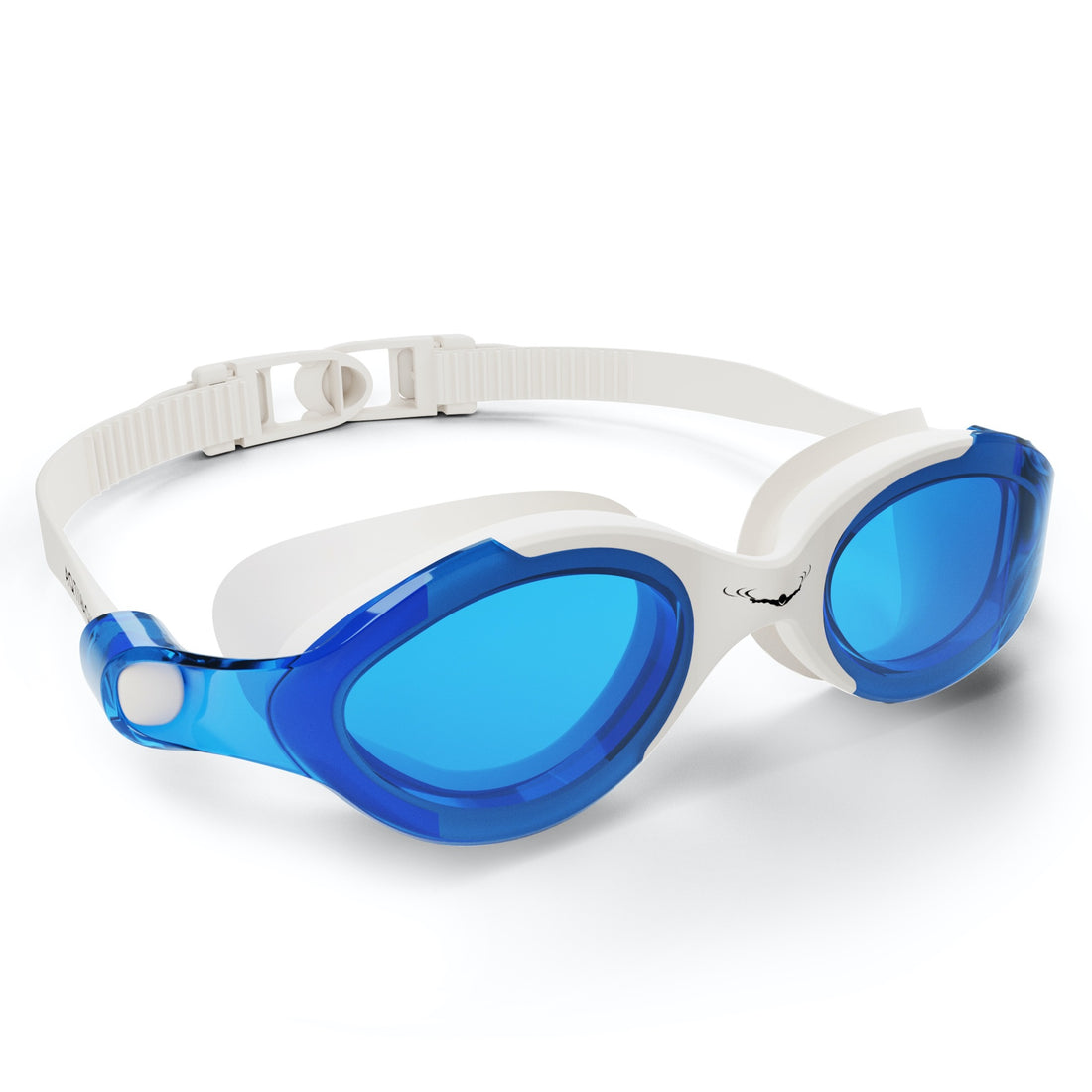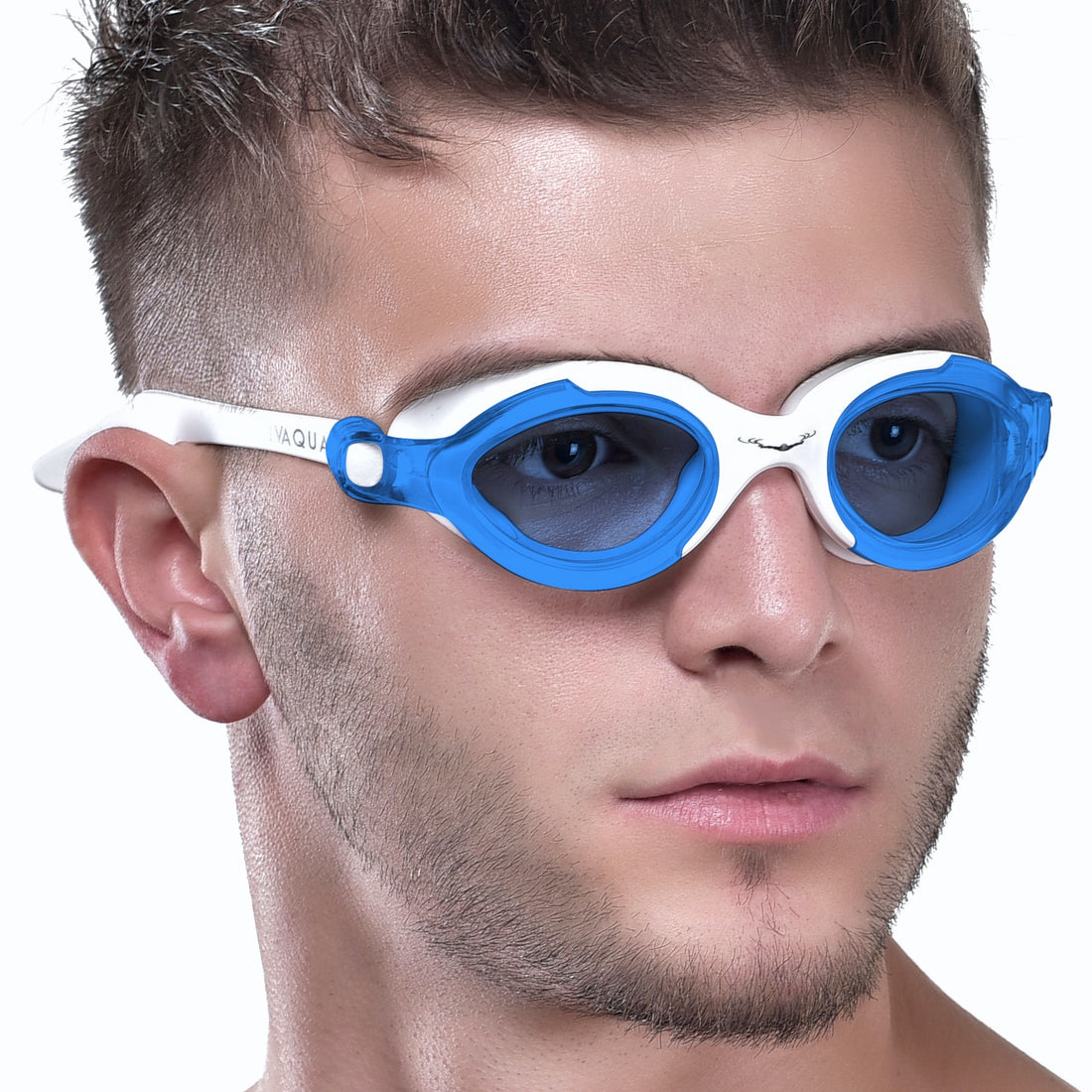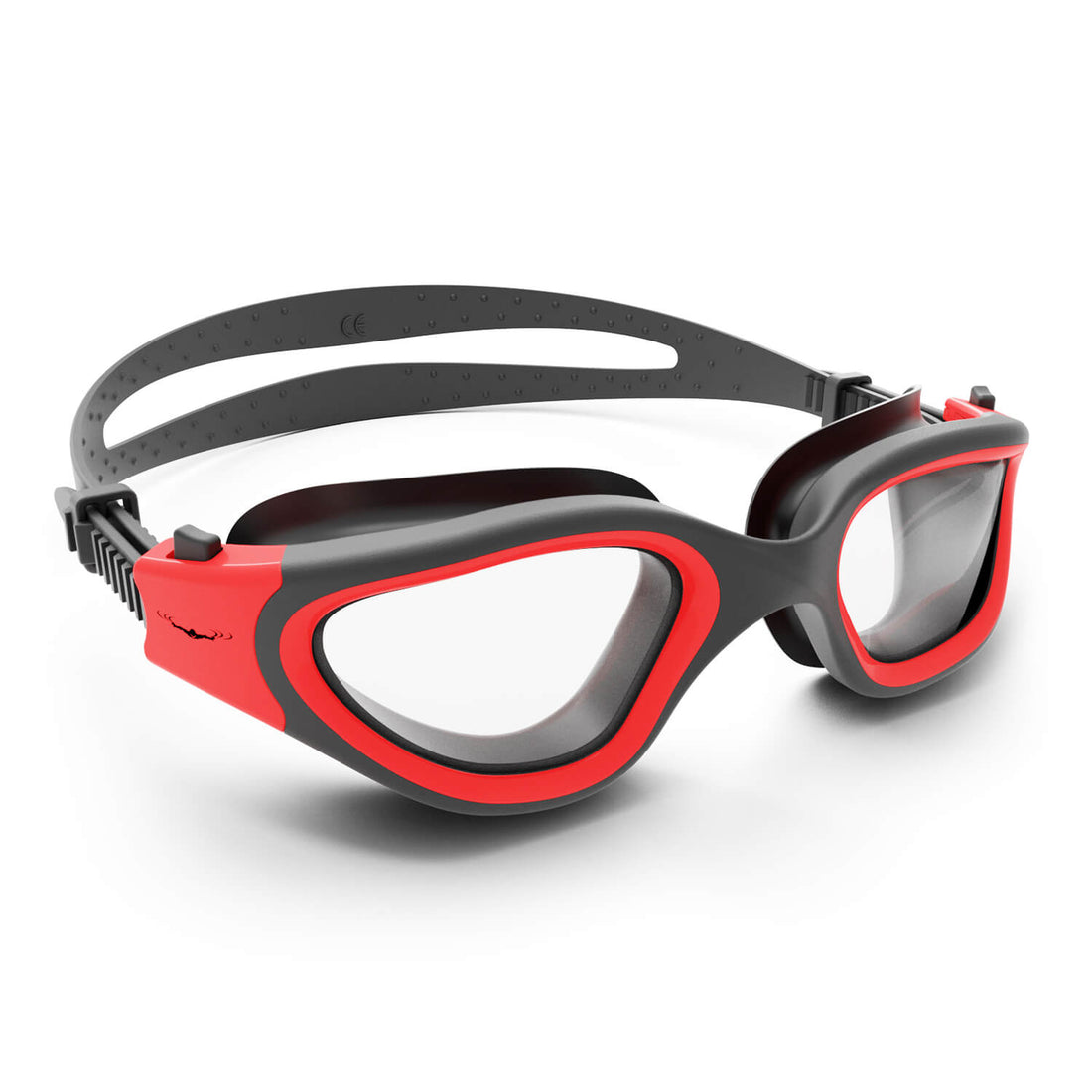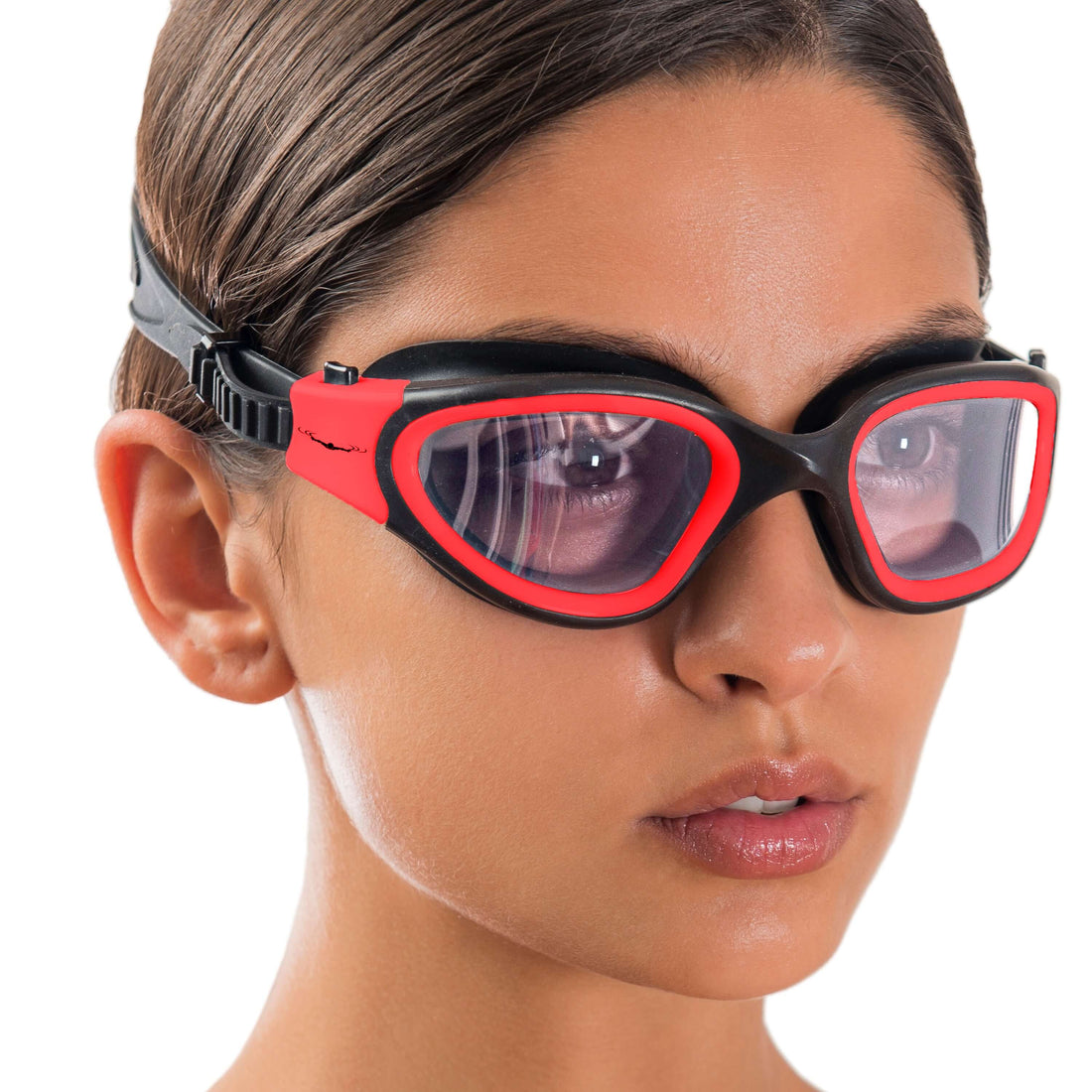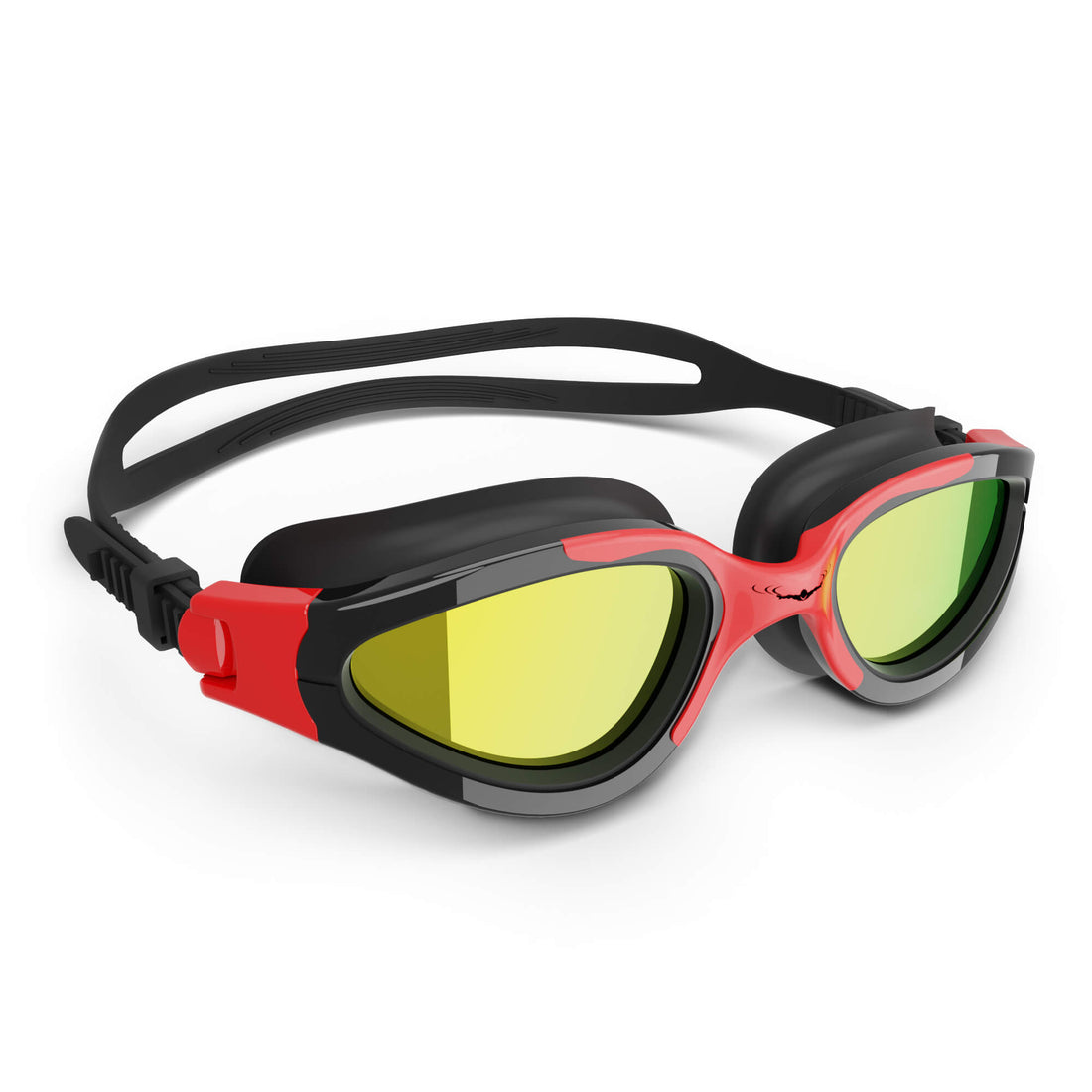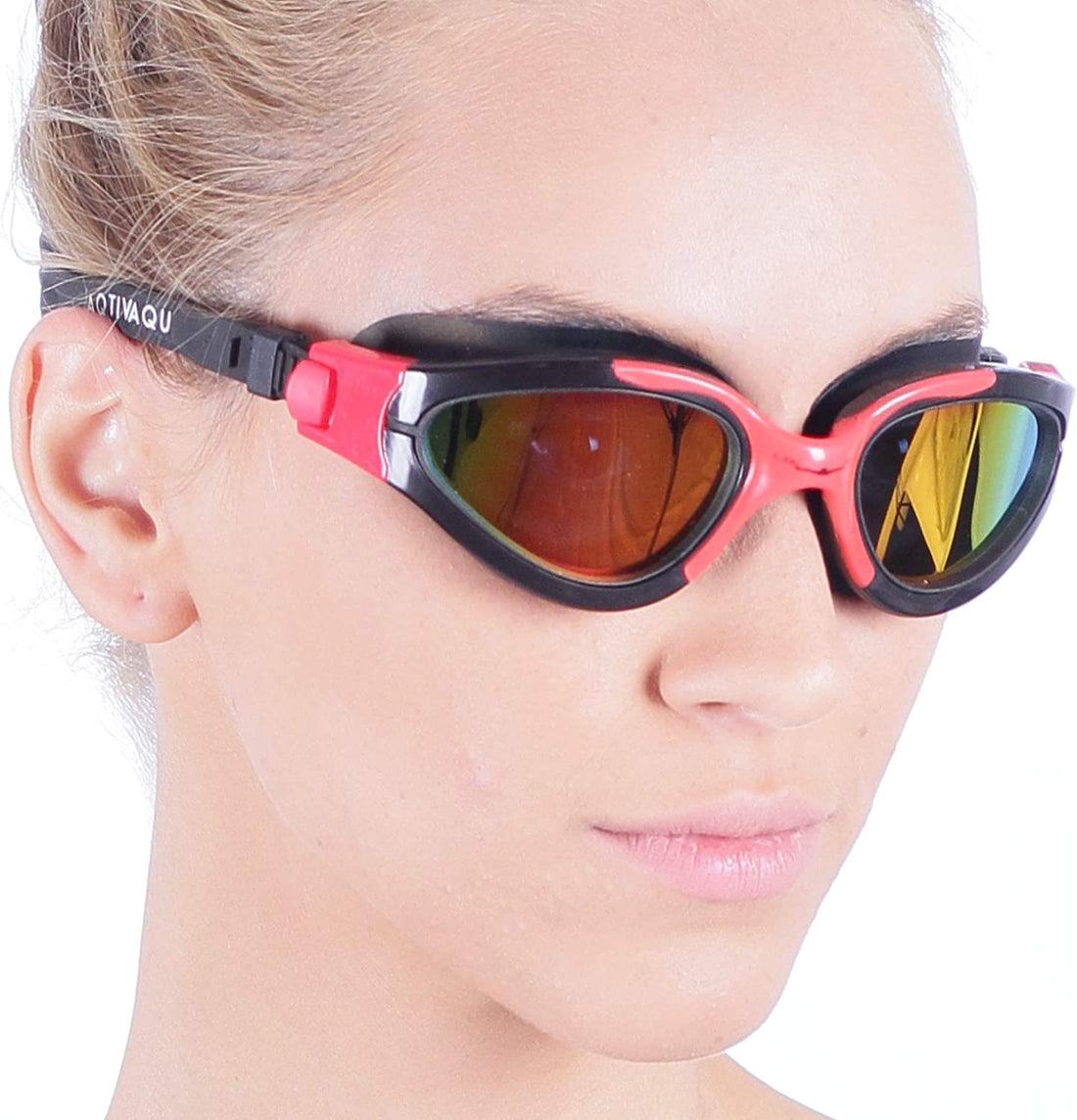Swimwear plays a crucial role in aquatic activities, not only for comfort but also for style. As we dive into the history of swimwear, we uncover how this essential garment has evolved over centuries, reflecting cultural shifts, advances in technology, and changing attitudes towards modesty and leisure. What was once a simple tunic in ancient times has transformed into a variety of chic and functional designs available today. This blog post explores the fascinating journey of swimwear throughout history, focusing on its various forms, including swim caps, swim goggles, and swim ear bands.
Ancient Beginnings: The Origins of Swimwear
The origins of swimwear can be traced back to ancient civilizations. Archaeological findings suggest that people swam in the buff during the early stages of human history. The ancient Greeks and Romans are known to have sported rudimentary swimwear, such as a simple piece of cloth or leather tied around the waist.
The Romans and Swim Togas
In ancient Rome, both men and women enjoyed swimming not only for recreation but also for fitness. The Romans designed a garment called a "toga," a one-piece outfit made of wool that was worn while bathing in public baths. This style was practical yet demure, allowing swimmers to maintain a sense of modesty while enjoying their time in the water.
The Middle Ages: A Shift in Swimwear
During the Middle Ages, swimming as a leisure activity declined significantly, and swimwear took a backseat. In fact, public swimming was frowned upon, and complete modesty became the norm. Swim caps made their first appearances during this era, providing functional and modest solutions for women who dared to swim.
Renaissance Resurgence
With the Renaissance came a renewed interest in swimming. Fashion began to creep back into swimwear, and elaborate dresses emerged, incorporating heavier materials. Women often wore long gowns adorned with petticoats, and men donned knee-length trousers, although they were far from practical for swimming. Swim goggles had not yet been introduced, and extreme modesty was still commonplace.
The 19th Century: The Birth of Modern Swimwear
The 19th century marked a significant turning point in the evolution of swimwear. The Victorian era brought about some of the most restrictive clothing in history, yet it also sparked the beginnings of the modern swimsuit. Swimwear began to evolve into more practical garments, designed specifically for swimming.
The Introduction of the Bathing Suit
By the mid-1800s, bathing suits made of wool became increasingly popular. These early garments typically covered most of the body, providing both functionality and modesty. Men wore one-piece suits that resembled heavy, knee-length trousers and tunics, while women’s suits were voluminous dresses that floated over the water.
The Early 20th Century: A Revolution in Swimwear
The early 20th century saw further changes to swimwear as the world shifted towards a more active lifestyle. The popularity of sea bathing surged, leading to innovations in swimwear materials and designs. Bathing suits, which had been made of wool, began to incorporate cotton and, eventually, synthetic materials.
From Wool to Stretch Fabrics
The introduction of stretchable fabrics revolutionized swimwear. This shift allowed for more form-fitting designs that showcased the body’s natural silhouette. The bikini made its debut in the late 1940s, drawing attention for its revealing style and changing the landscape of swimwear forever. Swim caps became essential for competitive swimmers, and it wasn’t long before swim goggles joined the race.
The Mid-20th Century: The Rise of Competitive Swimming
As swimming became a competitive sport, the need for specialized gear grew. The introduction of swim goggles and caps transformed training and competitive swimming, allowing swimmers to see clearly underwater and reduce drag. Designs became more streamlined and practical, reflecting the increased ease of movement.
The Birth of Modern Swimwear Icons
During the mid-20th century, iconic swimwear styles emerged, with celebrities and athletes influencing trends. Brands began to cater to both men's and women’s swimwear styles, further fueling the popularity of swim caps and goggles. The beach became a runway, and swimwear took on a life of its own, blending utility and fashion.
The Late 20th Century: Diversity in Swimwear
The late 20th century was marked by diversity in swimwear styles. With advancements in fabric technology, swimmers could now choose from a range of materials that offered comfort and performance. One-piece suits, bikinis, and tankinis found their place in both casual beachwear and competitive settings.
Swimwear for Everyone
As the demand for personalization grew, swimwear evolved to cater to all body types, preferences, and activities. Brands began to offer swimsuits in diverse sizes and styles, while accessories like swim ear bands also gained traction, enhancing the swimming experience. Swim goggles continued to innovate, emphasizing comfort and fit for all demographics.
21st Century: The Fusion of Fashion and Function
Today, swimwear represents not just functionality but also an extension of personal style. Designers are experimenting with colors, patterns, and cuts, creating swimwear that resonates with individuals’ identities. The sustainable fashion movement has also made its way into swimwear, with eco-friendly materials gaining popularity.
The Future of Swimwear
Looking ahead, we can anticipate even more innovations in swimwear. Technology is likely to continue influencing design, leading to swimwear that enhances performance while incorporating smart features, such as temperature regulation and UV protection. As we embrace an inclusive society, swimwear that caters to diverse sizes, shapes, and cultural preferences will flourish.
Beyond the Beach: Swimwear as a Lifestyle
Today's swimwear isn’t just for the pool or beach. The athleisure trend has brought swimwear into everyday life, with swimwear-inspired pieces gracing catwalks and casual outings alike. Swim caps and goggles have become symbols of a lifestyle centered around wellness, fitness, and enjoyment of water sports.
Essential Accessories for Every Swimmer
- Swim Goggles: Essential for both casual and competitive swimmers, offering visibility and protection while allowing you to see clearly underwater.
- Swim Caps: Reducing drag and keeping hair controlled, swim caps are indispensable for athletes.
- Swim Ear Bands: Often overlooked, these help prevent water from entering the ears, making them a great accessory for regular swimmers.
In conclusion, the evolution of swimwear reflects broader societal changes and advancements in materials and technology. From the basic tunics of ancient times to the modern functional and fashionable designs available today, swimwear has transformed alongside changing attitudes towards swimming and wellness. As we continue to embrace new trends and innovations, one thing is certain: swimwear will remain a vital part of aquatic culture and personal expression for years to come.
Dare to Dive into the Future of Swimwear!
As we look ahead, remember that every stroke you take in the water is a part of a rich history. Embrace the journey of swimwear evolution as you explore your own personal style, making a splash wherever you go!




